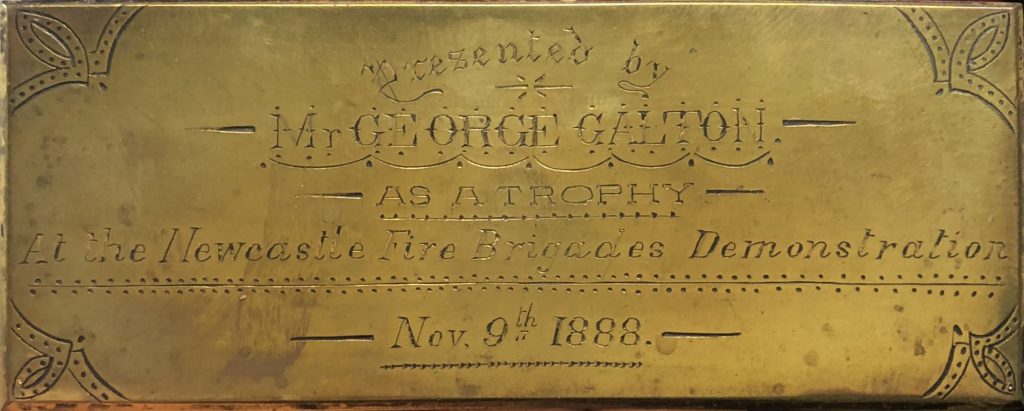Fire Brigade Demonstration Days 1888
Fire-fighting services in our cities today are provided by the state government, but they did not begin that way. The first brigades were started in Sydney in 1836 by insurance companies who supplied rudimentary equipment for use by volunteers. In 1854 purely voluntary brigades began to be formed, with local communities supplying not only the manpower, but also the equipment and funds.
Newcastle formed a volunteer brigade in 1856, followed by outlying townships. Having no overarching governing body, the separate brigades fostered connections by holding “demonstration days”, to gather together and hold competitions. They provided an opportunity for training, camaraderie and fund raising.
From 8 to 10 November 1888 Newcastle hosted a grand demonstration event, with 19 brigades attending, from as far away as Goulburn. On Thursday night, 15000 people lined the streets to witness a torchlight parade of the brigades. On Friday and Saturday, competitions were held on Newcastle Cricket Ground.
The premier event was the “Engine Practice for Eight Men”. From a standing start, the men deployed hoses, nozzles and pumps from their engine, to throw a stream of water at a disc 20 feet above ground. The Lambton Brigade, with a time of 40.75 seconds, won the substantial prize of a 50kg marble clock modelled on the London Royal Exchange. The trophy, donated by local businessman George Galton and valued at 25 guineas (equivalent of $4000 today), was an indication of the high value placed on fire-fighting services. One observer in 1888 wryly noted that “the arrival of so many fine-looking firemen, showily-dressed, has created an unusual flutter in the hearts of the gentler sex in this city.” Firefighting then was an exclusively male occupation, and it took nearly a hundred years before women were first employed as fire-fighters in 1985. While the hands of Lambton’s trophy clock have stood still for many years, the recruiting practices of NSW Fire and Rescue have moved forward, and today women comprise 9% of the full-time fire-fighters in the state.
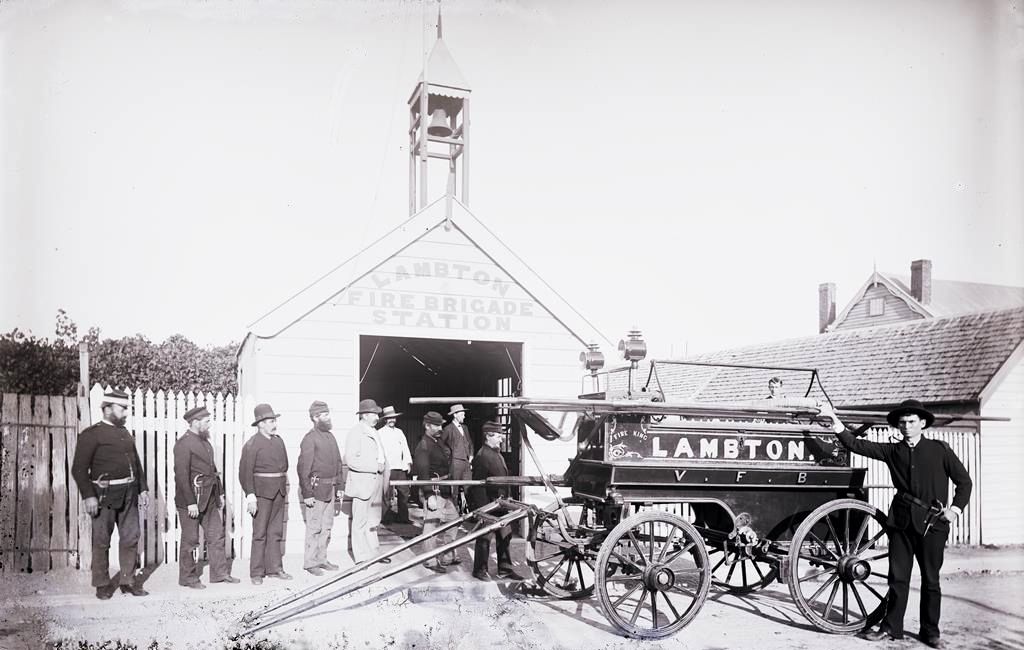
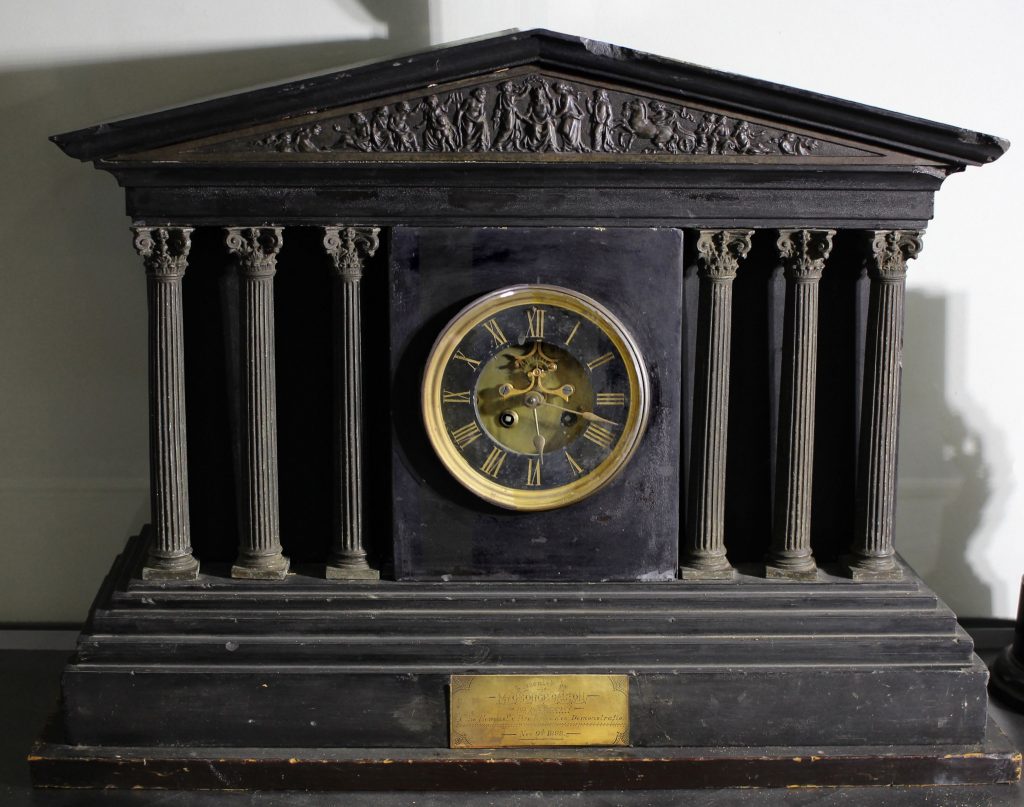
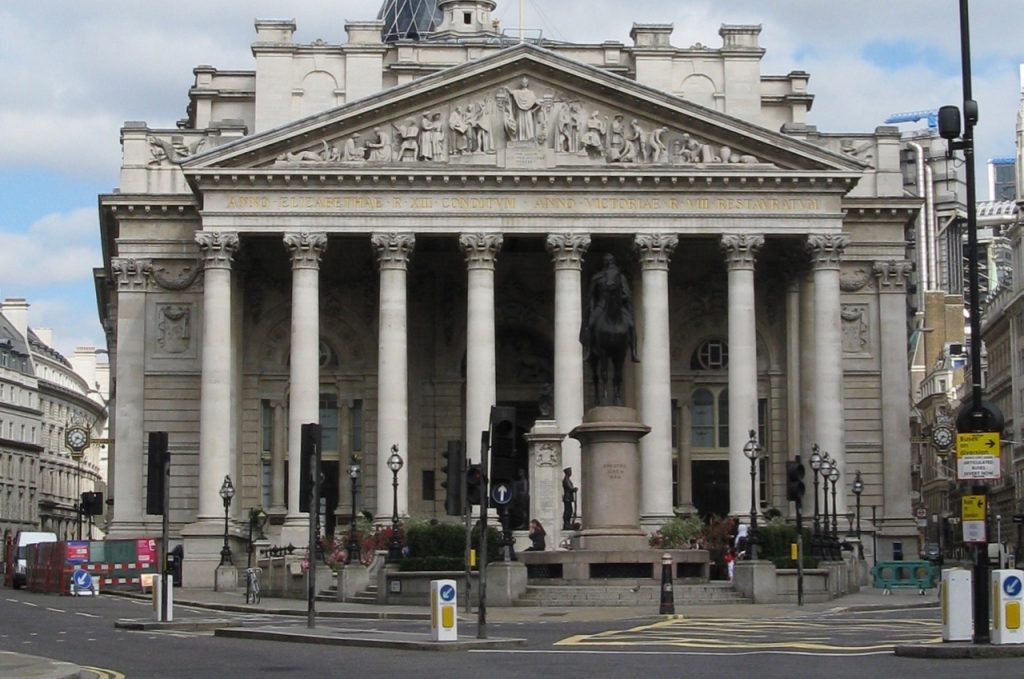
The article above was first published in the January 2022 edition of The Local.
Additional Information

The marble clock trophy on display at Lambton fire station has a brass plaque that reads …
Presented by
Mr George Galton
As a Trophy
At the Newcastle Fire Brigades Demonstration
Nov. 9th 1888
In 1888 the value of the clock was stated as 25 guineas. At the time a guinea was equivalent to 1 pound and 1 shilling, so 25 guineas was 26 pounds and 5 shillings. The Reserve Bank of Australia Pre-Decimal Inflation Calculator shows that £26 5s in 1901 (the earliest year the calculator supports) is equivalent to over $4000 today.

George Galton
George Galton was born in London on 8 January 1850. In 1866 at the age of 16 he emigrated to Australia. After working in several large retail stores in Sydney he moved to Newcastle in 1876 and opened a store in Hunter Street West, opposite the Honeysuckle railway station. Galton opened two more stores in Newcastle, and in 1888 Galton opened a store in West Maitland.
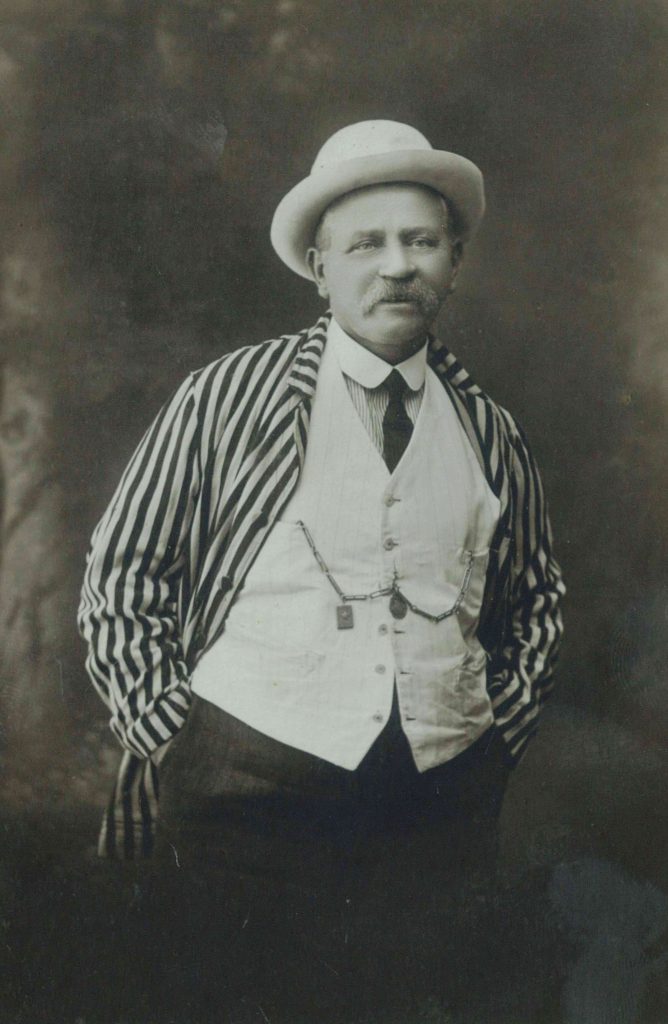
In 1896 Galton sold his stores in Newcastle in order to concentrate on his West Maitland business. One of the buildings he had erected still stands in High Street. (This building is very familiar to me – as a school student in the 1970’s living in the Maitland area, I passed this location every school day.)
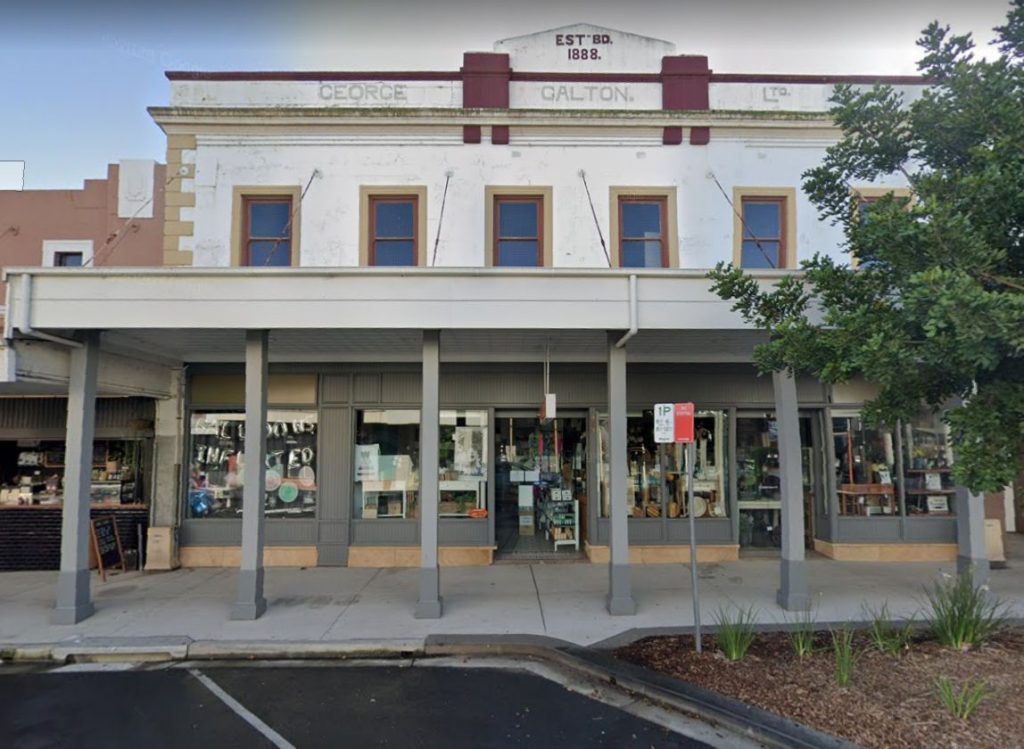
George Galton died at his residence “Yarrawonga”, in Regent St West Maitland on 25 July 1930, aged 80. The Galton’s business continued after George’s death, with his wife becoming chairwoman of the company, and then on her death in 1936, her two sons, George and Walter became joint directors of the business.
Newspaper articles
| Article Date Event Date | Notes |
|---|---|
| 21 Jun 1856 | "Up to the present time there has existed no organized body in Newcastle whose duty would have been to undertake the direction and control of the fire engine, in the event of its services being required; however, the subject has been taken in hand, and has progressed so far as to have secured the co-operation of a sufficient number of volunteers to work the engine in case of need ; together with a number who undertake to support the cause by their annual subscriptions and donations ; so that there is now every prospect of there being a brigade trained to render efficient service whenever their services may be required." |
| 30 Jun 1856 24 Jun 1856 | "A meeting was held on Tuesday evening last at the Court-house, Charles Bolton, Esq., J.P., in the chair; to take into consideration the means to be adopted to establish a fire brigade in Newcastle." |
| 24 Feb 1887 | George Galton offers a donation of £10 to Honeysuckle Fire Brigade. |
| 16 Jun 1888 14 Jun 1888 | "A meeting of the City Fire Brigade was held on Thursday evening, at the station, Scott street. A letter was received from the Honeysuckle Point Brigade, asking the members to consider the advisability of holding a Fire Brigade Demonstration in Newcastle. The project was approved of, and delegates were appointed." |
| 17 Aug 1888 | "THE delegates of the proposed fire brigades' demonstration held a meeting last night, when numerous correspondence from leading citizens was read promising to assist in the movement. Some valuable trophies have already been promised by different gentlemen - the Mayor (Mr. H. Buchanan), Mr. Fletcher, M.L.A., Mr. G. Galton, Hudson Bros., the Mayor of Parramatta (Mr. Hugh Taylor), and several others." |
| 24 Aug 1888 | "The secretaries of the proposed Fire Brigades Demonstration acknowledge with thanks handsome donations from the following gentlemen, through Mr. Frank Gardner:-A cheque of £10 10s from the Australian Mutual Fire Insurance Society; cheque of £2 2s from the Victoria Theatre Company; case of biscuits, Mr. W. Arnott; also a clock, valued at 25 guineas, from Mr. George Galton." |
| 27 Oct 1888 | "The splendid prizes which are to be competed for [at the Newcastle Fire Brigades Demonstration] are on view at the establishment of Mr. Walter Neve, Hunter street, and they should cause great competition." |
| 8 Nov 1888 | Advertisement for the Fire Brigades' Demonstration Days/ |
| 9 Nov 1888 8 Nov 1888 | "A grand torchlight procession of firemen, with their appliances and gorgeous decorations, marched through the principal thoroughfares. The event was in connection with the United Fire Brigades' Demonstration." |
| 9 Nov 1888 8 Nov 1888 | "A large crowd turned out yesterday evening to witness the departure of the members of the [Lambton] Fire Brigade forNewcastle, where they are to take part in the demonstration. The scene was of an imposing nature, delighting all the onlookers. The engine was beautifully decorated with choice flowers and bunting, and drawn by four horses." |
| 10 Nov 1888 9 Nov 1888 | "On the Newcastle Cricket Ground, yesterday, the first day's sports in connection with the United Fire Brigades' Demonstration of 1888, were contested. With regard to attendance, there were at least 1500 persons on the ground in the morning, and this number kept steadily increasing until the afternoon, when there must have been over 4000 persons present." |
| 10 Nov 1888 | "The arrival of so many fine-looking firemen, showily-dressed, to assist at the above display has created an unusual flutter in the hearts of the gentler sex in this city." |
| 12 Nov 1888 10 Nov 1888 | Report on the second day of competitions of the Fire Brigades' demonstration on the Newcastle Cricket Ground. |
| 26 Jul 1930 25 Jul 1930 | Death of George Galton, aged 80, at his residence "Yarrawonga" in West Maitland. |
| 3 May 1939 | The story of George Galton and his business. |

